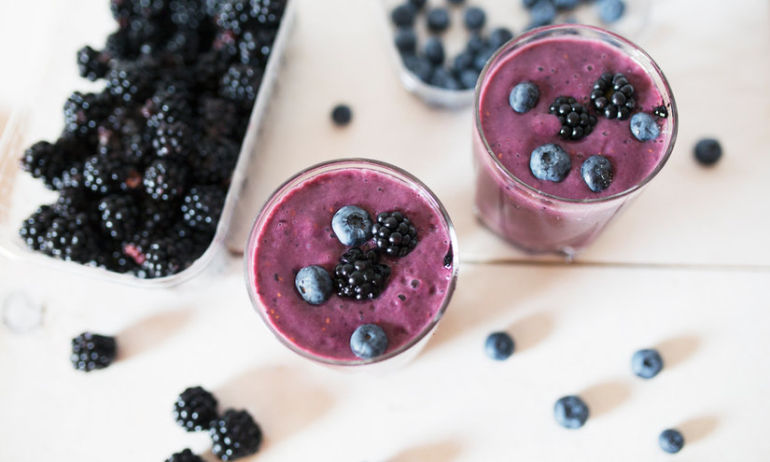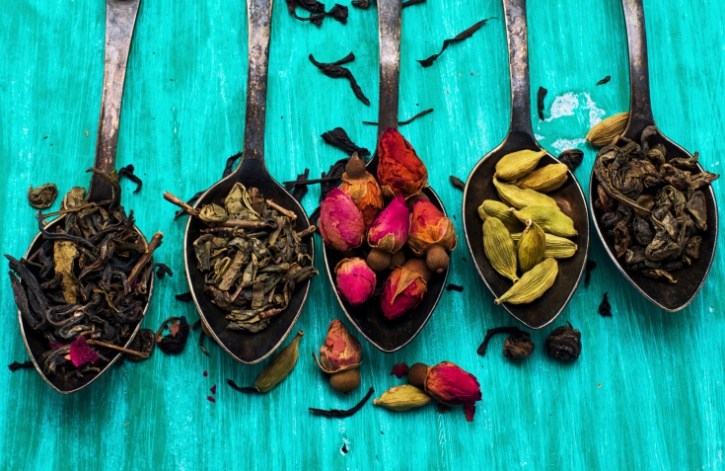Hoodia Gordonii The Scientific Intervention
The first scientific study of hoodia was really sparked by chance, as is often the case in scientific 'discoveries?. What started it all was not, in fact, an exclusive study into the hoodia gordonii, a succulent that looks like a cactus. South Africa's national laboratory was conducting a much broader study. It was only because the San tribesman were known to eat hoodia gordonii that it was included in a study of indigenous foods.
It is not surprising that the interest of the national laboratory was aroused, and they started to focus seriously on the hoodia gordonii's properties. It was tested on animals by including it in their food. The animals ate it, and then lost weight. It was then a question of isolating the ingredient that was behind this phenomenon. Or were these animals going to secret weight watchers meetings every week, without the knowledge of the laboratory? That may seem very fanciful, but then so did the idea of losing weight through munching a spiky succulent. This was, indeed, becoming extremely interesting.
This was no instant discovery with an instant explanation. The originally research went back to the 1960's, when it was not obvious that hoodia gordonii had great potential as an appetite suppressant. It was about 30 years later that the South African national laboratory succeeded in isolating and identifying the ingredient in hoodia gordonii that had the effect of suppressing appetite. The ingredient was later to become known as P57.
When the laboratory found that ingredient, they applied for a patent, and licensed it to Phytopharm, an English bio-technology company. Phytopharm has spent more than $20 million already on research associated with hoodia gordonii. This research, which included clinical trials with obese volunteers, has yielded some promising results. Subjects given hoodia gordonii ended up eating about 1,000 calories a day less than those in the control group, who were fed a placebo. That is an impressively high figure, when you consider that the average American man consumes about 2,600 calories a day, and a woman about 1,900 calories.
According to Phytopharm, if you take this hoodia compound every day, your desire to eat goes down. That was illustrated dramatically in the research. So, all was looking very promising for the millions of obese men and women around the world.
Large pharmaceutical company Pfizer partnered Phytopharm in expanding the research, and a synthetic form of the critical ingredient was possible. However, the costs involved and the possible volumes were too low, to make it worthwhile, so Pfizer abandoned their plans. Phytopharm decided the only way to produce enough of the product was to grow the plants in massive volumes. So, that is what they set out to do, establishing hoodia plantations in South Africa.
The hoodia being used in the plantations is not precisely the same plant as that in the Kalahari, but is easier to cultivate. It is an enormous task, but one that Phytofarm are confident will bring success in meeting potential demand for genuine hoodia products. However, Phytopharm says it hopes to have meal-replacement hoodia products on supermarket shelves in a few years.
-
The Value of a Healthy Breakfast For Weight Loss
How important is a healthy breakfast for weight loss? It is one of
-
Flat Stomach – Fastest Way to Get It
Anyone who is working to get a flat stomach wants to see results now.
-
Diet plan Recommendations – What are the beneficial ways to lose weight effortless and quick
You are able to have nutritious food like lobster, baked potatoes, che
-
Can Eating Certain Foods Help You To Lose Weight
The best way to lose weight is by consuming fewer calories than you ex
-
Frequently Asked Questions About HCG For Weight Loss
Some people may have questions about HCG
-
Lose Weight While You Sleep
Losing weight while youre sleeping, sounds impossible right? Medical r
- DON'T MISS
- Weight Loss - The Mayo Clinic Way
- Top 5 Reasons Why Women Over 30 Dont Lose Weight And Keep It Off
- Fastest Way To Lose Belly Fat
- Meals heavy in proteins help promote fullness quicker
- Fasting Leads to Rapid Weight Loss
- Metabolism Through the Ages
- Weight Loss ProgramsThe 7 Critical Points You Must Check Before You Choose
- Review Of The Sensa Diet
- Diets That Work: 4 Hot Nutrition Tips
- What Are Fat Burning Workouts?




